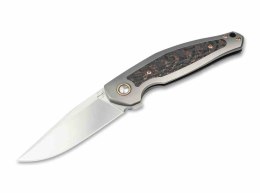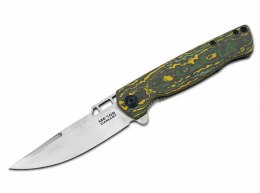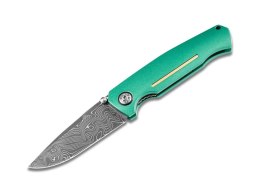In 1947, Mikhail Kalashnikov presented the AK-47 assault rifle he had designed to the Red Army and immediately convinced the decision-making bodies of its development. Only two years later, the now world-famous AK-47 was officially put into service as the "7.62 mm Awtomat Kalasshnikova obraztsa 1947". Even then, the simple and reliable design as a gas pressure loader with a rotary head breech, the consistent use of sheet metal stampings that could be produced quickly and inexpensively, and the adherence to a cartridge class introduced by the Wehrmacht with the StG 44 with an average performance between submachine gun and rifle ammunition were trend-setting to this day. These features resulted in the Kalashnikov system being the most widely built and replicated handgun in history, with an estimated 100 million made worldwide today. Introduced in 1959 along with the AKM, the revised variant of the AK-47, the bayonet was no less revolutionary and formative for later designs than the famous assault rifle itself. The concept was based on a knife originally developed by R. Todorov for combat swimmers. It marked a move away from long bayonets, which were used purely as stabbing weapons, to a short, mountable utility knife with insulated wire shears and a multifunctional back saw. Mikhail Kalashnikov personally visited the Boker Manufactory in Solingen in 2002 and officially introduced the Boker Kalashnikov line of knives to the public. More than 70 years after the AK-47 entered service, we now present a truly exceptional special edition model of the knife line and once again honour his brilliant engineering achievement. The Boker Kalashnikov Bayonet Damascus is equipped with a unique Damascus blade made from the steel of the 6Ch3 and 6Ch4 bayonets according to the GRAU index of the former Soviet Army and decorated with the signature of General Kalashnikov. The stainless Damascus by Chad Nichols consists of 80 layers and is forged by hand in the Virus pattern. It features an unusually intricate pattern that is the result of a very controlled forging process. The blade with the pandur tip adopted from the bayonets is opened with the help of the thumb stud and locked by a sturdy linerlock. The handle is CNC machined from a block of 6061-T6 aluminium and then hardcoat anodized black. The stabilized inlays are made of domestic hornbeam wood, reminiscent of the stock wood of the famous assault rifle, and together form the shape of the forend's distinctive vents. The Russian Amber Shellac colour of the original stocks has been precisely matched. They are also CNC milled from the solid and inserted by hand. All screws and the clip (tip-up/r) are also black anodized. Handmade in the Boker Knife Manufactory in Solingen. Delivery with noble floating display, certificate of authenticity and individual serial number.

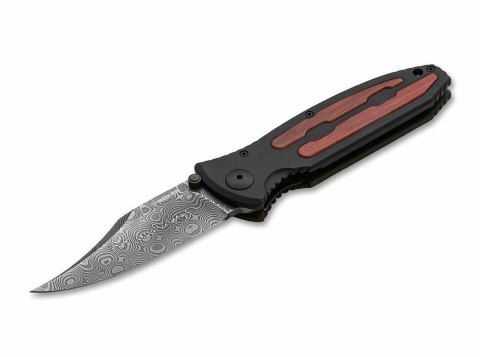

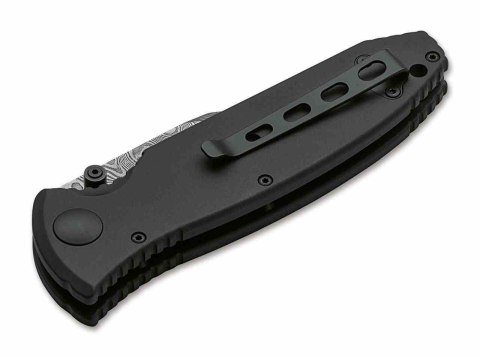

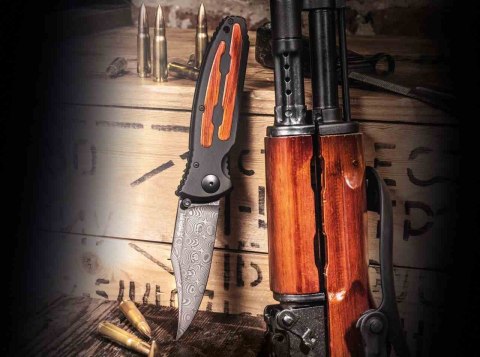







![[{[item.product.name]}]]([{[item.product.photo.url]}] 125w)


